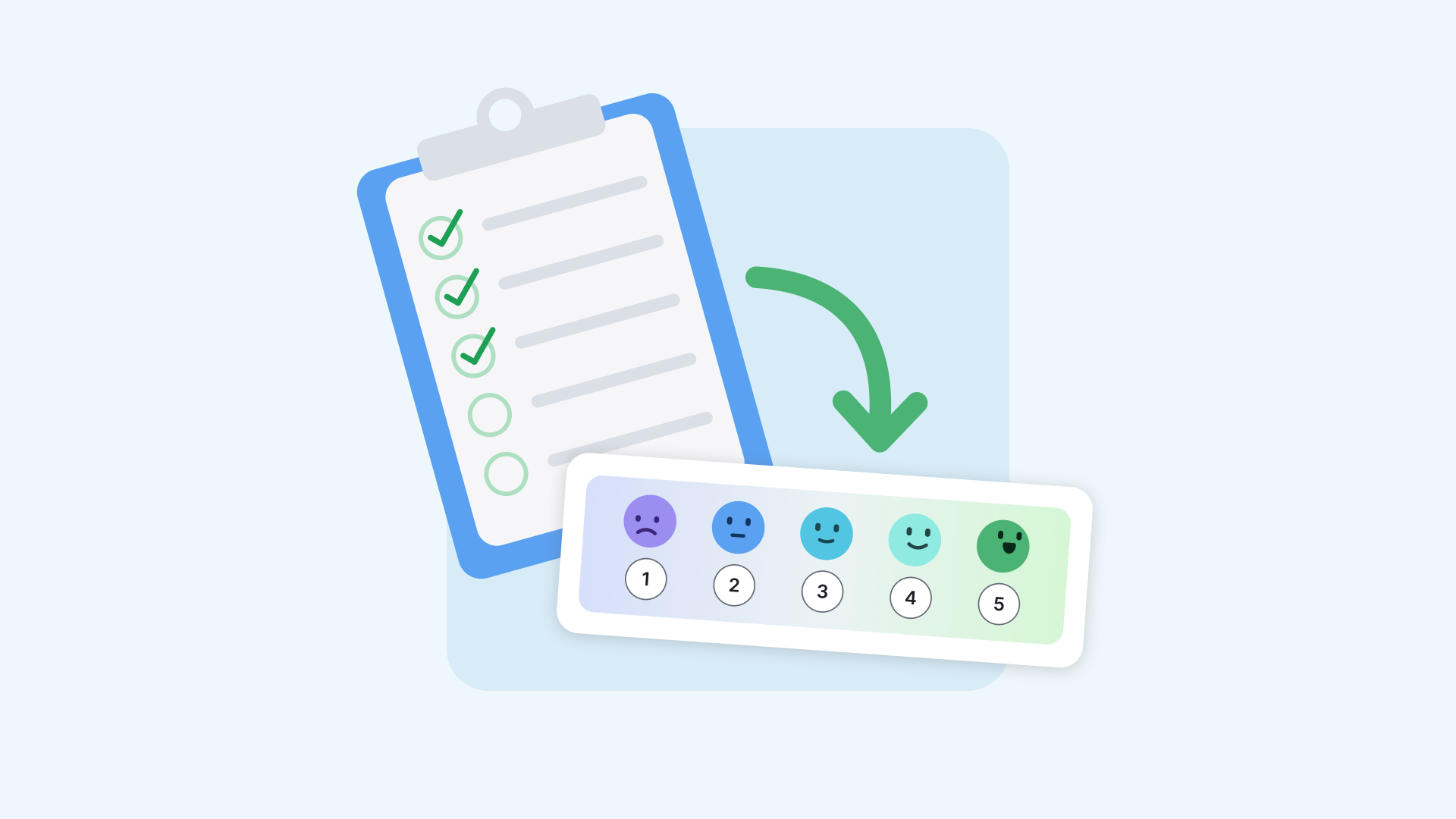What is Continuous Performance Management?

Imagine a world where you got to play your favorite board game, online game, or sport five days a week, every week for a year—but you wouldn’t know your score until the very end, when it was all dumped in your lap in one uncomfortable check-in.
That would make it hard to know how you’re doing, when to adjust, or how to improve in real time.
That’s what it’s like in most workplaces that rely solely on annual performance reviews. Employees need—and want—more frequent feedback to understand what’s working, what’s not, and how to grow.
Continuous performance management changes that dynamic. Just like frequent recognition helps employees feel seen and valued, continuous performance keeps them informed and empowered.
It’s an ongoing, human-centered approach to measuring and improving performance through regular conversations, real-time feedback, and consistent alignment on goals. By opening up these conversations throughout the year, teams build trust, clarity, and momentum that drives high performance.
What is continuous performance management?
Instead of waiting for a high-stakes, high-stress annual review, companies that embrace continuous performance management weave performance conversations into regular check-ins and discussions throughout the year.
It’s a more modern and relational approach to developing employees—one that prioritizes connection and growth. Employees gain a clearer understanding of expectations and progress, and managers spend less time on administrative prep and more time coaching.
Continuous performance doesn’t eliminate the annual review—it makes it better. Those year-end conversations become more grounded in data, recognition, and progress over time, rather than a scramble to remember the past 12 months.
Benefits of continuous performance management
1. Increases employee autonomy and drive
Frequent performance conversations empower employees to take ownership of their development. When feedback comes often and in real time, employees can self-correct and experiment faster. Autonomy fuels motivation and engagement, creating a culture where employees feel in control of their success.
2. Enhances trust
Regular feedback builds psychological safety. Employees trust that their managers won’t surprise them at review time, and managers can provide guidance before small issues turn into big problems. Trust becomes the foundation of growth, not a casualty of miscommunication.
3. Engages your top talent
High performers crave feedback; it helps them refine their craft and stay challenged. A culture of continuous performance gives them regular visibility into what’s working and where to focus next. Without that, top talent can stagnate or disengage.
4. Creates a growth mindset
Continuous feedback normalizes growth and improvement. When performance conversations are routine and forward-looking, they shift from “evaluation” to “evolution.” Employees begin to see feedback as a tool for learning, not judgment. Over time, this creates an organization-wide growth mindset where everyone’s invested in getting better.
And when you combine continuous performance management with recognition and enablement tools that keep growth visible in the flow of work? That’s when you unlock the kind of high-performance culture where people and business results thrive.
How Bonusly powers continuous performance
At Bonusly, we believe continuous performance is about connecting everyday signals that show progress over time.
Bonusly Recaps make that possible. Recaps automatically organize an employee’s recognition, goals, and feedback into a structured reflection that captures their growth story. Instead of starting from scratch before a review, managers and employees walk in with a shared record of wins, challenges, and milestones that have already been documented throughout the year.
Recaps pull from what’s already happening in the flow of work—recognition posts, 1:1 conversations, and feedback—so reviews become more grounded and meaningful. Employees can see how their contributions have evolved, and managers can coach with context.
When paired with Pulse Checks and Team Insights, Recaps complete the picture of continuous performance: connecting recognition, engagement, and growth in one place. As a result, employees feel seen, managers stay connected, and performance conversations happen when they matter most (not once a year!).
The business case for continuous performance management
The old way of managing performance is broken. Only two out of ten employees strongly agree that their performance is managed in a way that motivates them to do outstanding work. Continuous performance management changes that by making feedback frequent, focused, and actionable.
It fosters a culture of coaching and accountability where employees and managers alike develop the muscle to give and receive feedback regularly. In these environments, growth becomes habitual.
According to Gallup, employees who have had conversations with their managers about goals and successes in the last six months are 2.8 times more likely to be engaged. That engagement directly translates into stronger performance, retention, and alignment with company goals.
Continuous feedback also ensures employees stay connected to the bigger picture. When goals are visible and progress is discussed often, accountability and motivation naturally increase.
The takeaway
If you wouldn’t make employees wait a year to find out who won the latest round of office trivia, you shouldn’t make them wait that long to learn how they’re performing.
Continuous performance management fills those gaps with timely, transparent feedback that enables employees to take ownership of their growth and managers to lead with confidence. And with tools like Bonusly Recaps, that progress doesn’t get lost between reviews. Instead, it’s captured, celebrated, and used to make every performance conversation more meaningful.







